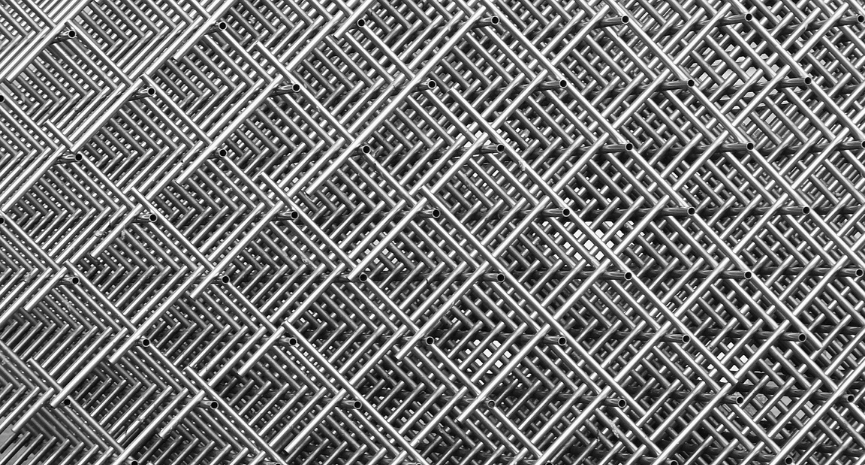And Reasons Why Construction Companies Prefer Steel Structural steel has provided many benefits and advantages to many societies. We have previously talked about what structural steel is in a couple of articles here and here. According to Bright Hub Engineering, structural steel Read More


